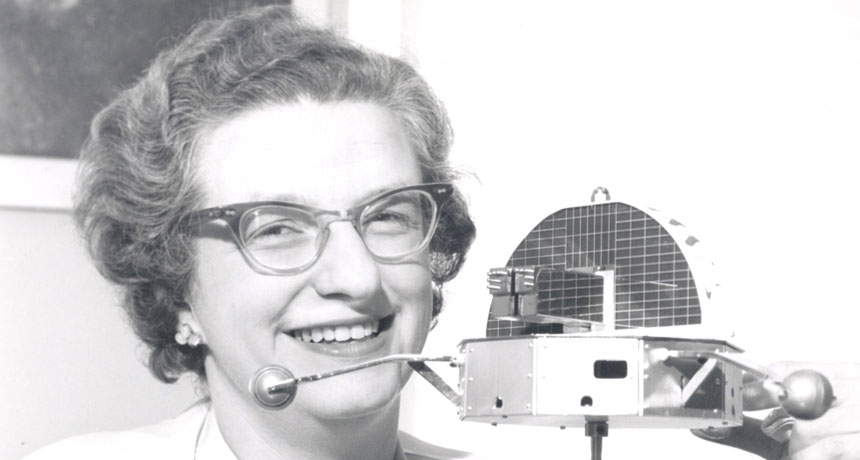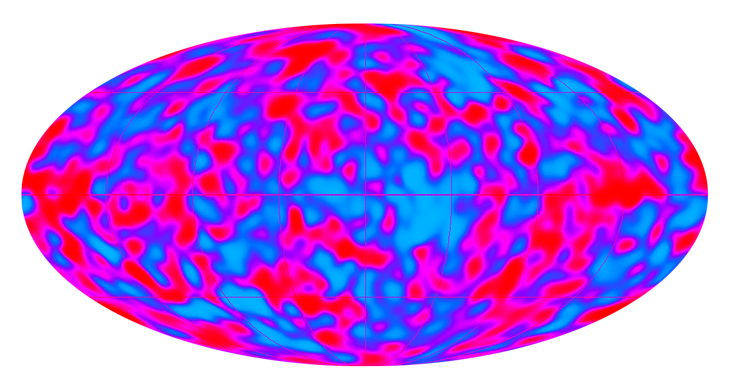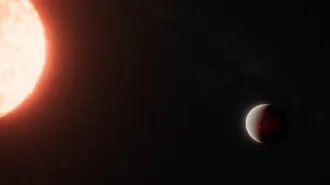
MOTHER HUBBLE Nancy Roman, the first Chief of Astronomy at NASA and the first woman to hold an executive position there, was essential to getting the Hubble Space Telescope off the ground.
NASA
- More than 2 years ago
Nancy Roman, a groundbreaking astronomer known as the “Mother of Hubble,” died on December 25 at the age of 93.
As NASA’s first Chief of Astronomy, Roman oversaw the early planning and development of the Hubble Space Telescope (SN: 10/10/64, p. 231) as well as other space observatories and satellites. “I knew that taking on this responsibility would mean that I could no longer do research, but the challenge of formulating a program from scratch that I believed would influence astronomy for decades to come was too great to resist,” she once said in an interview.
Roman pitched the Hubble project relentlessly, lobbying for early funding and writing testimony for NASA representatives to help convince Congress to invest in one of the most expensive scientific instruments ever made.
Eleven years after she retired, astronauts aboard the space shuttle Discovery deployed the $1.5 billion telescope in 1990, making Hubble the first optical telescope to operate in space. Because it orbits far above Earth’s atmosphere, the telescope is unencumbered by clouds, rain and light pollution, giving astronomers and the public an unprecedented view of the universe.

During its nearly 30 years in orbit, Hubble Space Telescope has spied numerous cosmic wonders — from exoplanets and hints of supermassive black holes to stellar nurseries and stars in their death throes, like this one, dubbed the Butterfly Nebula (SN: 4/18/15, p. 18). In 2009, Hubble captured this stunning image of “wings,” stretching more than three light-years, of the dying star NGC 6302.

And the telescope could soon add the first-known exomoon to its list (SN: 10/27/18, p. 14).
While Roman is most well known as Hubble’s biggest champion, she was also instrumental in the development of the Cosmic Background Explorer. Launched in 1989, the COBE satellite mapped the radiation left over from the Big Bang. COBE measurements of the temperature of the cosmic background, reported in 1992, offered a picture of the early universe and gave astronomers an indication of how the first galaxies were born (SN: 5/2/92, p. 292).

Roman made in-space observations possible so that other astronomers could make groundbreaking discoveries. But she also made scientific discoveries. For instance, Roman found that stars have different orbits depending on their elemental makeup.
Roman’s scientific legacy was hard-won. She insisted on a science education despite discouragement from teachers and professors. And during her career, she faced gender-based discrimination during a time when science was largely dominated by men (SN: 8/4/62, p. 70). But her persistence paid off, and she became the first woman to hold an executive position at NASA before retiring in 1979. It’s no surprise then that Roman was a strong advocate for women in science — and science more generally. In 2017, at age 92, she even attended the March for Science in Washington, D.C. (SN Online: 4/22/17).

That same year, Roman was included in Lego’s Women of NASA, a set also honoring pioneering women such as mathematician Katherine Johnson and astronauts Sally Ride and Mae Jemison. From Hubble’s eye in the sky to an iconic mini-me, it’s clear that Roman’s legacy will be remembered for generations to come.








